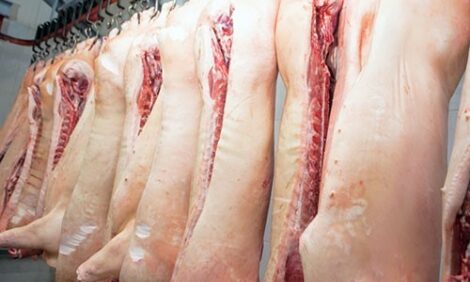



Farmers Ask for Quarantine Facilties to Stay
AUSTRALIA - Grassroots members of New South Wales Farmers’ (NSW) Association has called for decentralised quarantine facilities to be maintained in strategic locations to protect the country’s reputation as a producer of high quality disease free food.Farmers also called for those quarantine facilities to be adequately funded by the Federal Government at
their annual two-day conference being held in Chatswood, Sydney this week.
NSW Farmers’ horticulture committee chairman, Mr Peter Darley, said that Australia had some of the
toughest quarantine standards in the world and we needed them to be maintained to protect our clean green
image.
He said that well resourced quarantine facilities were crucial to our nation’s biosecurity efforts because they
prevented the entry of diseases and pests that threatened farmers’ livelihoods.
The quarantine motion follows the opening this week of Australia’s most modern biosecurity laboratory at
NSW Government’s Elizabeth Macarthur Agricultural Institute at Menangle in Sydney’s south west.
Mr Darley welcomed the opening of the A$57 million Centre for Biosecurity which he said would help
safeguard NSW agriculture from the threat of pests and diseases.
More than 180 staff, including some of the country’s leading researchers will be employed at the new
laboratory which will test for diseases such as swine flu, equine influenza, Hendra virus and citrus canker.
NSW Farmers’ CEO, Mr Matt Brand, said the association’s conference was an annual opportunity for
grassroots members to represent their regions and to come together to develop policy for the organisation for
the coming 12 month period.
“Now more than ever, farmers of NSW need a united voice because agriculture is facing many threats and
unity of purpose and scale is extremely important for achieving outcomes for our members.“
Agriculture contributed more than $14.5 billion or 3.4 per cent to the NSW economy in June 2011. There are
more than 43,500 farm businesses in NSW with farming land covering more than 72 per cent of the state.








